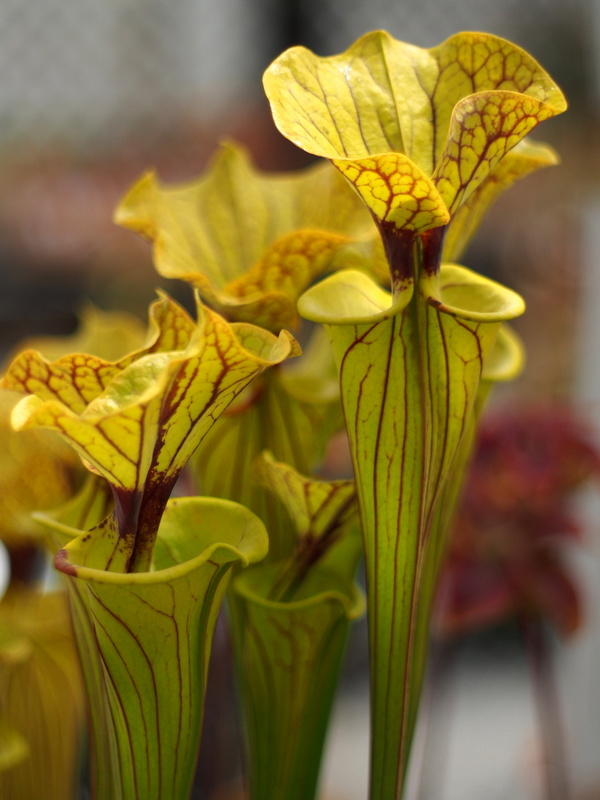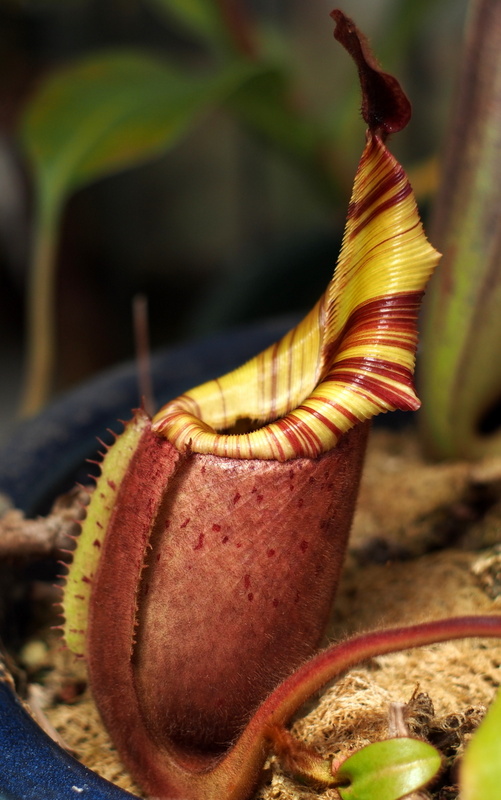Hungry Plants
Venus flytrap, Dionaea sp. (credit: Wiki-commons)
Some plants grow in nutrient-poor environments, such as bogs and marshes as well as the remote tapuis in South America, where few other plants species can can exist. These constantly soggy landscapes are nutritionally deficient, chemically acidic, and lack dissolved oxygen all ingredients necessary for proper growth. These plants, from widely different genetic and geographic backgrounds, found a similar way of surviving, they evolved to become carnivores.
Carnivorous plants can attract their prey with sticky surfaces, trap doors, or deep pitchers where the unsuspecting critter can crawl in but never out. Some of the plants are so odd they are actually strangely beautiful like the pitcher plants. Temperate pitcher plants are found in North America while the tropical forms are found in tropical Asia. Charles Darwin drew them for his studies of evolution calling the Venus flytrap “one of the most wonderful plants in the world.” Carnivorous became curiosities in European botanical collections during the 19th Century.


Temperate and tropical Pitch Plants, Sarracenia and Nepenthes (credit: SWP Media)
Carnivorous plants may be a 'little shop of horrors' to some but they are fascinating to discover. Several species can even be grown as a house plant but all have special food needs. WHB